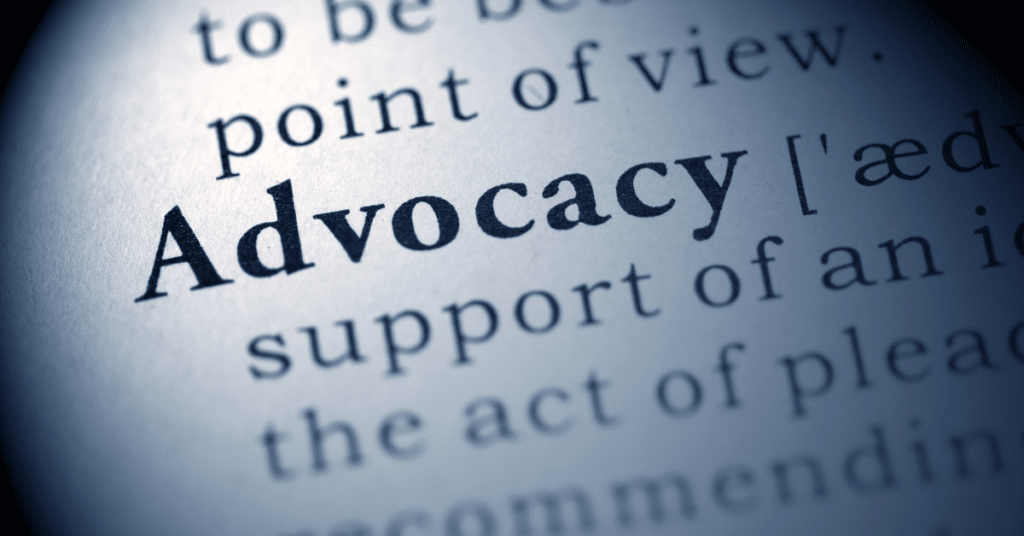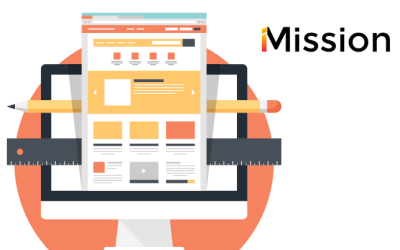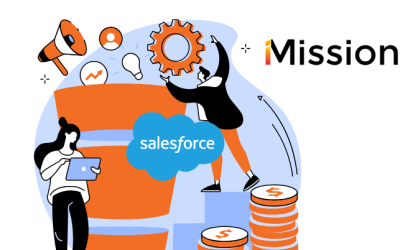Are you seeking to change policy, advance an issue, or stop budget cuts, but don’t think you have the time or resources to succeed? Nonprofit advocacy serves not only to educate, influence, and change policy, it is also a powerful brand builder, an amazing way to attract new supporters, and a dynamic way to deepen relationships with volunteers, donors, and clients.
Now, with digital tools and apps, even small nonprofits can run professional grassroots advocacy campaigns.
Nonprofit Advocacy: A Best Practice for the Most Impactful Nonprofits
The evidence is clear. High-impact nonprofits couple excellence in programs with policy advocacy.
“There is a growing awareness and recognition among public charities that policy work—including lobbying—is entirely consistent with their charitable and educational missions. Not only is it consistent with mission……it is absolutely a best practice.”
Nayantara Mehta
Nonprofit Attorney, National Employment Law Project

Nonprofit advocacy can also be the best way you can build a growing, passionate following of supporters. GenZers, Millennials, Boomers, and the generations before and after can raise their voices to your call.
Nonprofit Advocacy, New Donors, And Fundraising: Consider The Facts
Advocacy is a powerful friend-raising strategy that can quickly move into successful fundraising.
Consider these facts and benefits:
- Advocates are 7 times more likely to donate to your organization than non-advocates
- Fundraising initiatives with advocacy appeals can triple the number of donations you receive
- Advocacy offers new and timely opportunities for communication and engagement in social media, emails, webinars and events
- Engaging on the issues, in addition to program successes, offers visibility and credibility for your organization and leaders
- Advocacy emails have a 625 percent higher click rate when compared to fundraising emails, and a 277 percent higher action rate

Challenges To Nonprofit Advocacy
Despite the potential power of advocacy to drive success for both development and programs, getting started with advocacy often faces two challenges.
The first challenge is technical. Often, nonprofits have very limited experience using advocacy technologies. Digital advocacy technologies include online petitioning, as well as click-to-email (call, text, or tweet) a legislator. Those orgs that have used digital advocacy tools can face a different technical challenge: disordered data. Oftentimes, the contacts acquired in the past may be on many different spreadsheets and are not quickly integrated into a broader brand and communications process.
The right digital advocacy applications can address both of these situations by housing all of your advocacy tools in one place, like VoterVoice, EveryAction, and UJoin. Each of these tools can integrate with organization-wide constituent relations management systems like Salesforce, making the branding and communication process much easier.
Yes, Your 501(c)(3) Nonprofit Can Engage In Advocacy
The second challenge to effective nonprofit advocacy lies in the belief that a nonprofit cannot advocate. Let us be clear here! Nonprofit can!!! But, before your nonprofit launches into advocacy, it’s important to understand the distinction between issue advocacy, electoral activism, and lobbying.
Issue advocacy focuses on the social, economic, or philosophical concerns that relate to a nonprofit’s mission. Issue advocacy might include educating or attempting to influence the public on subjects such as health care, gun safety, worker rights, or environmental protection. Issue advocates can use any means of communication: face-to-face meetings, phone calls, text messages, social media posts, blogs, newspaper advertising, and direct mail, both in print and online.
How much or how little a nonprofit spends on issue advocacy is something that is decided by the management team and the board of directors. There are no limitations imposed by having a 501(c)(3) tax-exempt status. But, this is true only so long as these communications don’t cross two important lines.
When To Be Cautious
The first line not to cross is the effort to influence the outcome of elections, either of a candidate or party. These types of campaigns are explicitly prohibited. 501(c)(3) nonprofits cannot engage in this type of activity at all.
The second restriction is the lobbying of elected officials. While nonprofits can lobby, there are limits. The action of lobbying is different from issue advocacy in some important ways. Lobbying seeks to affect the outcomes of specific legislation and asks politicians to take action in support of, or in opposition to, the legislation. Issue advocacy is more general and without a specific call to action. As an example: issue advocacy would be making the moral case for a living minimum wage, as opposed to an appeal that endorses specific legislation that seeks to raise the minimum wage.
Your Digital Partner in Advocacy
iMission is here to help your nonprofit plan, design, launch, & manage your digital advocacy campaigns.
- Campaign Strategy: We work with organizations to assess and develop change campaigns
- Digital Advocacy Technology: We help you select, implement & integrate the digital advocacy tech that’s right for your nonprofit
- Messaging: We use research & creativity to develop energizing issue-oriented campaign messaging
- Integrated Engagement: We integrate social, search, email, text, and person-to-person outreach for effective engagement
- Fundraising: We help you move people with a passion for change to become financial supporters
- Data Analytics & Targeting: We bring expertise in data analysis and targeting to focus resources for greater impact



